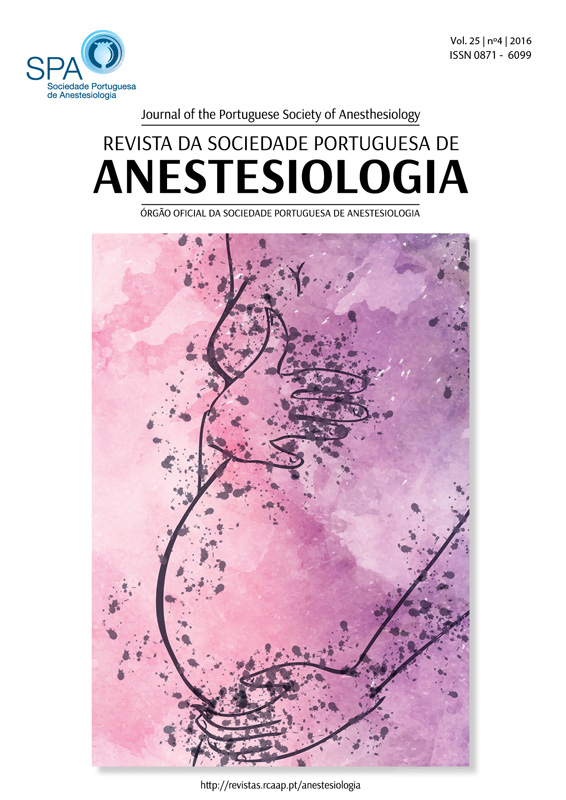The rise and fall of Central Venous Pressure as a monitoring tool: a physiologic analysis of the factors involved
DOI:
https://doi.org/10.25751/rspa.7114Keywords:
Central Venous Pressure, Monitoring, Intraoperative, Reproducibility of ResultsAbstract
Introduction: Central venous pressure (CVP) monitoring has been in use for decades to guide fluid therapy in unstable patients. However, a growing number of studies and meta-analysis have questioned its use. We sought to ascertain the validity of the physiologic principles leading to its adoption into clinical practice.
Materials and Methods: We performed a non-systematic literature review to evaluate the real physiologic meaning of CVP. A PubMed search was made for the expressions “central venous pressure” and “fluid herapy”, and some of the most relevant references from the obtained articles were also included in our analysis.
Results: Different articles and meta-analysis demonstrate that CVP is not a reliable marker of preload nor does it predict the response to a fluid challenge. The physiologic principles underlying its use do not take into account dynamic cardiovascular changes occurring in the organism as a whole.
Discussion and Conclusion: The accumulated evidence shows not only that we must not rely on CVP as a guide for fluid therapy, but also that its use draws on physiologic principles that are not totally correct, focusing on only part of the global picture. However, we realize CVP monitoring is still recommended by some international guidelines, a situation that is bound to change when more valid, accessible and widespread alternatives to this method are available. Technologies relying on dynamic preload indices are one such example.
Downloads
Downloads
Published
How to Cite
Issue
Section
License
Articles are freely available to be read, downloaded and shared from the time of publication.
The RSPA reserves the right to commercialize the article as an integral part of the journal (in the preparation of reprints, for example). The author should accompany the submission letter with a declaration of copyright transfer for commercial purposes.
Articles are published under the terms of the Creative Commons Attribution Non-Commercial License (CC BY-NC).
After publication in RSPA, authors are allowed to make their articles available in repositories of their home institutions, as long as they always mention where they were published.


